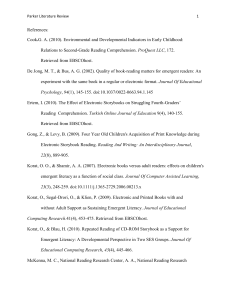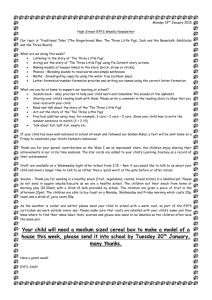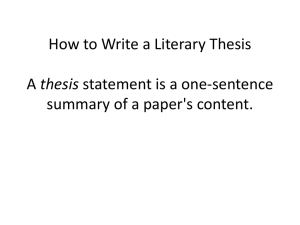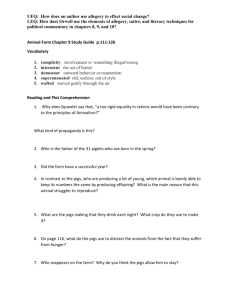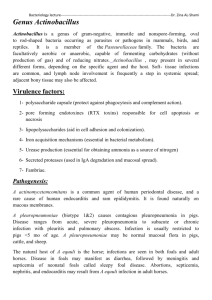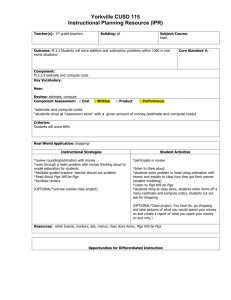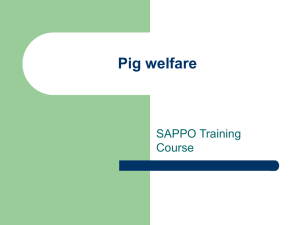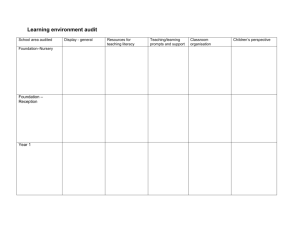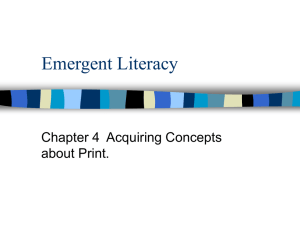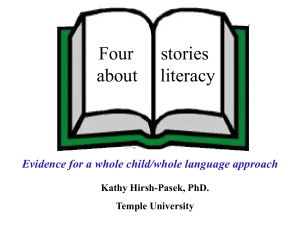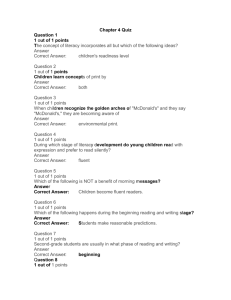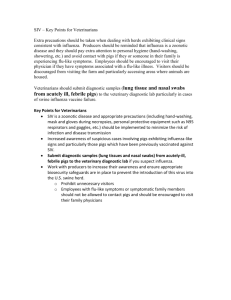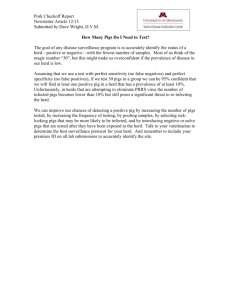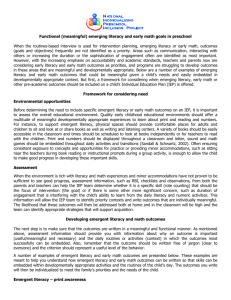Read Together, Talk Together
advertisement
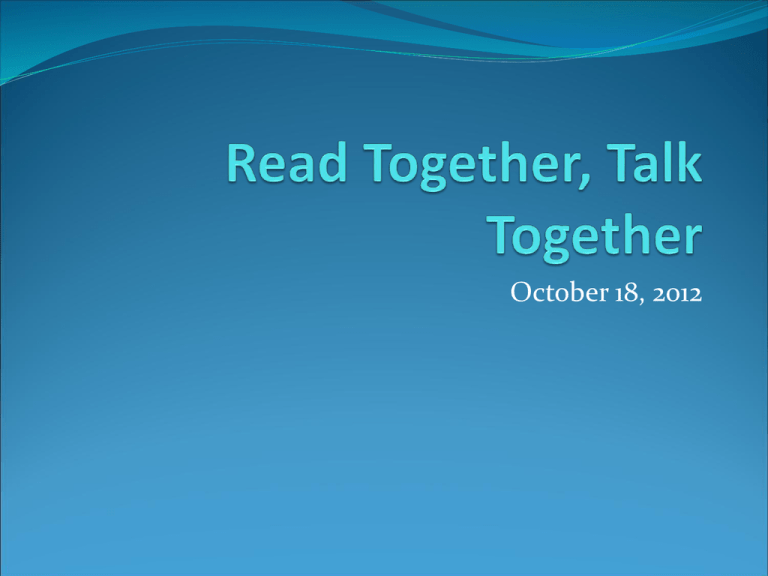
October 18, 2012 What is Read Together, Talk Together? It is a research-based technique of dialogic reading to expand children's language and emergent literacy skills. This interactive approach has been shown to produce significant gains in language development, including improved expressive language, sound and letter identification, emergent writing skills, and knowledge of print concepts. Why is it important? Reading to young children is instrumental in getting them ready for school. Research has shown that certain ways of reading to children are more effective than others at building early literacy skills. The way we read to children is just as important as how frequently we read to them. When children are active participants in the reading experience, they demonstrate greater language gains than when they listen passively to stories. What will we be reading? Set 1 Fire Engines Little Cloud The Tale of Peter Rabbit Golden Bear Peace at Last The Day the Goose Got Loose Duck Kitten Pigs Aplenty, Pigs Galore Oonga Boonga The Father Who Had 10 Children Corduroy Over in the Meadow The Snowy Day A Summery Saturday Morning The Wolf’s Chicken Stew Rabbits and Raindrops Good Night Gorilla Gilberto and the Wind Road Builders What will we be reading? Set 2 Isla The Dinosaur Who Lived in My Backyard Taxi Dog Can I Keep Him? A Pocket for Corduroy The Old Man and His Door Hooray, a Piñata! The Three Little Pigs Blueberries for Sal I Took My Frog to the Library No Jumping on the Bed! Cows Can’t Fly A Trip to the Firehouse Spike in the City Frog Whistle for Willie Goldilocks and the Three Bears Construction Trucks The Quilt Story Bunny Cakes Parent note cards for set 1. Page 1 provides tips for introducing the reading, reading, and discussing the book. It also has a section that helps you link vocabulary to your child’s life. Parent note cards for set 1. Page 2 provides prompts for questioning your child to help them discuss the book. Parent note cards for set 1. Page 3 provides a list of vocabulary words that are pictured in the book. You can have children name or point to the objects. Parent note cards for set 2. Page 1 provides tips for introducing the reading, reading, and discussing the book. The activities at the bottom of the page offer suggestions on others ways you can use the book to help develop literacy skills. Parent note cards for set 2. Page 2 provides recall questions to help children focus on the characters and plot of the story. Parent note cards for set 2. Page 3 provides prompts to help children begin to talk about the book after several readings. Parent note cards for set 2. Page 4 provides a list of vocabulary words that are pictured in the book. You can have children name or point to the objects. What will be in your packet? Parent card Book Activities All supplies needed to complete the activity Reflection journal, notebook or paper What is your job? To try to read the book every night. Ask the questions from the parent card. Complete the activities at the end of the week. Enjoy the reading experience with your child. Return all materials and activities on Thursday of each week. Miscellaneous Information You will receive books from both sets. You will probably come across some books your child does not enjoy as much as others. This is ok, they are learning their preferences. If you feel an activity is too easy or hard for your child, you can alter them in a way that makes it suitable for your child. This should be a fun activity to do with your child each night, enjoy the closeness of reading together and working together to complete a task! Questions?



